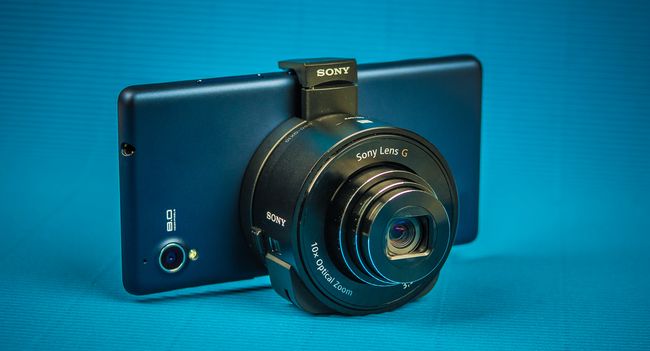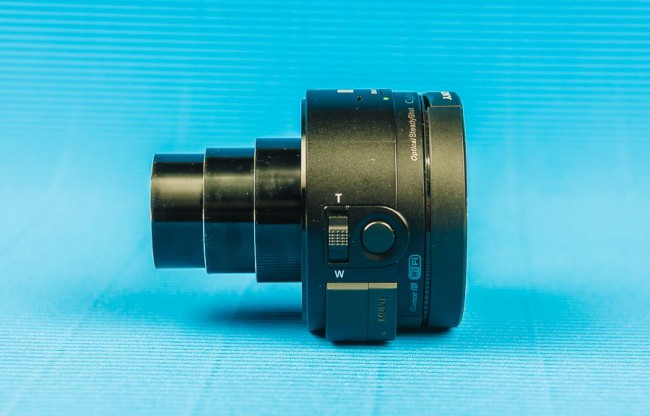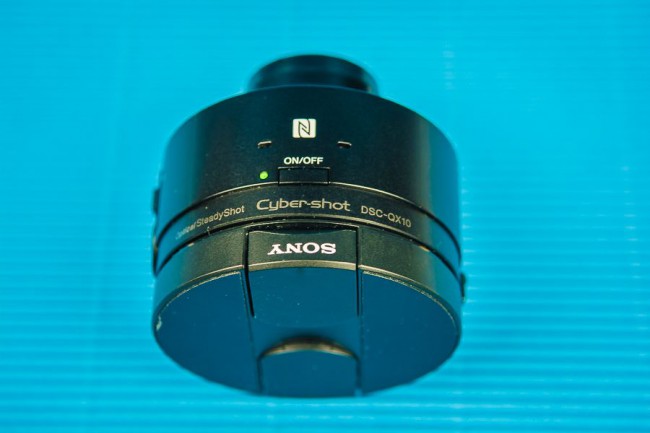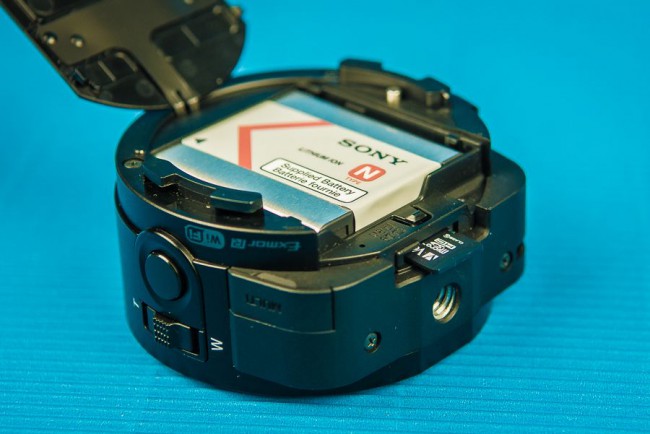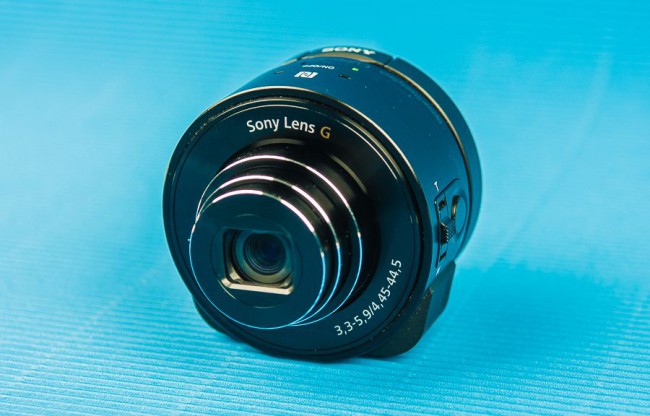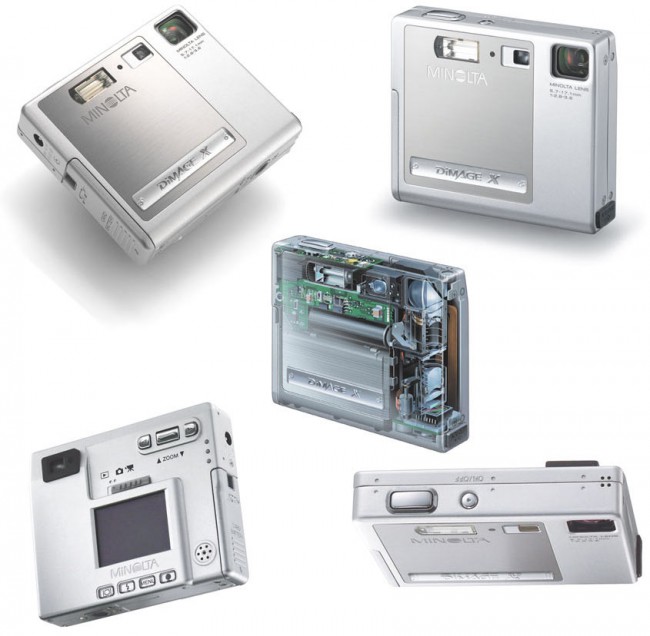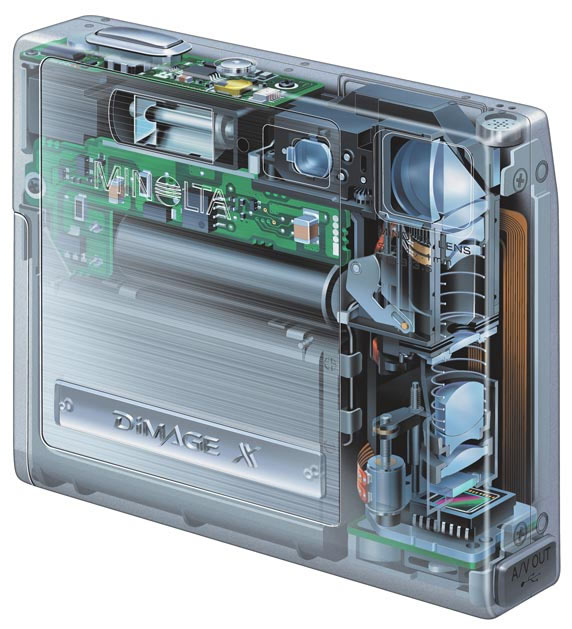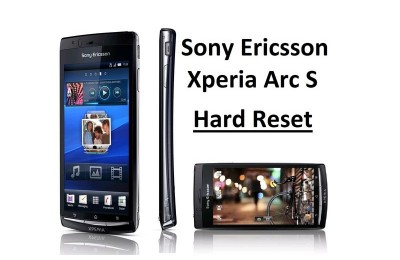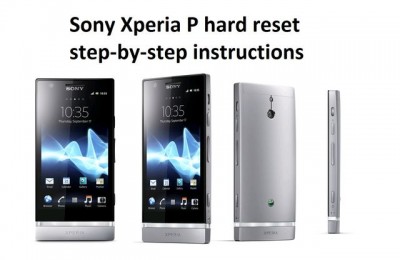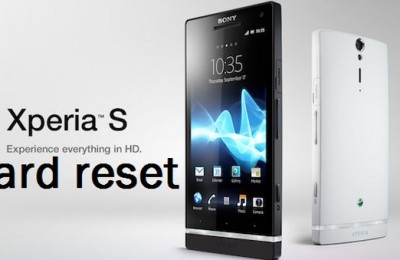Test photo-top box to the smartphone Sony DSC-QX-10, I would long ago. At IFA 2013 in her hand shook and his older brother QX-100, made a couple of shots and waited come to Kyiv given away at the mercy of journalists sample. The long-awaited instance became a kind of New Year “gift”: it was left on all holidays, so it’s time for the study was enough.
But first things first. As we know, in modern smartphones (for the only exception ) lenses with a fixed focal length. Digital zoom – does not count. There are also tips: wide-angle, and macro body. But the image quality they still leaves much to be desired – as with all attachments. Furthermore, it does not zoom lenses, the focal length changes discretely.
Some smartphones photomodule provides images of excellent quality, at others – this is just a way to keep in memory (smartphone) and post an ad with a line in the specifications. Sony has decided to make a difference and create a universal, working with any smartphone or even tablet, equipped with optical zoom, photo module.
When the first rumors about this decision crawled on the web, mobilography whole world stood in suspense. Is this tool will be available soon for creative ambitions?
Unfortunately, the reality was not so rosy. In September 2013 came the official information about the QX-10 and QX-100, which spawned a lot of questions.
Modules QX-10 and QX-100 different matrices, electronics and lenses, but is built on the same principles. In fact, this camera without the LCD screen and a limited number of controls. They use display smartphone and can transmit it footage.
Design
Let’s get acquainted with the Sony DSC-QX-10 closer. It is a small “barrel” with technological projections and level ground, playing the role of the bottom.
At the top are the power button and a pair of microphones. Left – the shutter release and zoom lever. Right – miniature monochrome character LCD display. One of the projections is a strap-loops, the second connector hides under the micro-USB plug. On the above-mentioned site – tripod socket.
Sony engineers should consider the possibility of QX-10 with various models of smartphones from different manufacturers. Physically mount the camera on a smartphone allows universal adapter – cover with spring-loaded sliding tabs.
To use the QX-10 with some smartphones Sony there is another adapter that is used as covers on the rear panel of the smartphone equipped with a lock to connect to the camera.
Placed under a plastic cover battery with a claimed ability to provide energy aid by about 220 frames. Charging is done inside the camera from a computer or any USB-powered charger. Charge level is displayed on the LCD display.
Under the same cover located slot memory card standard microSD, microSDHC, microSDXC and Memory Stick Micro.
Nonoperating small size – 33 mm height and a little over 60 – diameter. Weight with battery and memory card – 105 g
Retractable lens, front lens stowed locked metal shutters. Using filters provided.
Installed inside the 18-megapixel back-illuminated Exmor with size 1/2, 3 inches, and the processor Bionz. Electronic filling allows you to shoot without the connection to a smartphone, though, framing is very approximate, and telephoto acceptable results – pure coincidence.
802.11b/g/n wireless module provides a connection to a smartphone, supported NFC. Network is automatically created on your smartphone only need to select it and enter the password (or scan the QR-code).
Software
To work with the Sony DSC-QX-10 software is required. At the time of entry selection limited only program mobilography Sony PlayMemories Mobile. Looking ahead, it should be noted that at the edge of 2013-2014. Add application Camera360, available for three mobile platforms.
The first problem lies in the way the camera’s and smartphone. Use Wi-Fi. What does this mean in practice? At least – great battery consumption smartphone. This is especially critical during the cold season. Of course, buying an external battery takes the edge off of the energy crisis, but the solution turns out not so mobile and much less comfortable.
Solve the first problem in the framework of the proposed design solution impossible: it was created based on the wireless communication. But the second problem – apparently the result of improper marketing. A device intended to improve mobile pictures has only one advantage – the optical zoom.
The second problem is the extremely limited functionality Photomodule firmware. Still mode three: software, auto and auto-superintellektualny superintellektualny +. Aperture priority at such parameters of the lens and the size of the matrix would be meaningless, but the shutter priority (subject to 10-fold, to 250 mm zoom and tripod socket) would be very useful, but it is not. You can not manually set the sensitivity.
In Program mode, you can set the white balance (auto, sunlight, cloudy, incandescent, electroluminescent lamps are three versions) and enter the exposure compensation (+ / – 2 stops, step – ½). With exposure values can be tolerated, but the lack of white balance settings on the model? It has become a standard even for embedded smart cameras, and Sony engineers should be aware of.
Two fully automatic modes do not allow anything to adjust.
Manual focusing in the absence of mechanical controls sacrificed, in principle, it is the right decision, especially taking into account the selection function of an arbitrary point on the focusing screen.
All the above disadvantages are solved alteration firmware. And Sony has announced the first update, but according to the information available, DSC-QX10 only expanded sensitivity range of the matrix.
Quality shooting
The question we have not yet dealt with – what image quality provides Sony DSC-QX10? Since the “donor” Photomodule was a budget compact camera, the result is expected.
Examples of camera raw files can be downloaded for independent scrutiny on this link .
If restrict viewing on Full-HD-TV (especially when shooting select 16:9 or pre-treat them on your computer / tablet / smartphone), as well as printing on the format of no more than 13×18 cm, with good lighting result will satisfy the average user of the smartphone . The only time – restrained color, it will not please everyone. To its credit, the developers, the files to be edited and even mobile devices frames can make a “beautiful.”
Smartphones frames look good – affects a significant reduction in the size of images that visually “add” sharpness. For tablet situation is similar.
But with the computer should be careful. 25% at a scale no major complaints. At 50%, even in good light made frames and slightly blurry shumnovaty. 100% – not a sight for the faint of heart. Even the sky is full of artifacts, and around the edges of contrasting objects traces of intrachamber sharpening algorithms. Details of fine textures only guessed.
However, placement in social networks and Instagram quality is more than sufficient.
In low light conditions even smaller pictures may disappoint.
Possible alternative?
Trying to ensure mobilography Sony zoom lens certainly deserves respect, even taking into account its non-positive in the case of QX-10 results.
In truth, I am surprised unwillingness industry use some very useful ideas from the world of cameras in smartphones. Let us remember one of the interesting designs zoom obektv – mine.
12 years ago, in 2002, the exhibition CES, the company Minolta presented an interesting product – a thin (shell thickness – 20 mm) digital camera with triple zoom fully accommodated inside the housing.
This was made possible thanks to a prism that deflects the rays at 90 °. Matrix is located in the plane perpendicular to the plane of the LCD screen on which you sight. Items can see the zoomed image.
Also Minolta, the camera produced similar Casio, Samsung itself Sony. The list is not exhaustive and is given from memory. It turns out that no particular difficulty in the design no. For example, look for one unit of zoom models Casio.
Sony has a camera of this type belonged to the line with the index T. Now she is transformed: devices became Waterproof and dustproof, and the names abound additional letters.
This suggests the possibility of reliably protect optics from adverse external influences, and they are inevitable at constant – Smartphone – mode use.
The last of the “classic” series cameras T, Sony DSC-T110 was announced in January 2011, then in the body thickness of 17 mm. put the lens Carl Zeiss Vario-Tessar with good characteristics. Focal length began with 25 mm, four-time zoom, aperture of 3.5 at wide-angle to telephoto in 4.6. Incidentally, the matrix was 16 megapixel, 1/2 and 3 inches.
So detailed excursion into the history needed to illustrate a simple idea: a classic layout of the photosensitive element (behind the lens perpendicular to the rays) is an alternative, and implemented and tested in several generations of devices.
Applied to smartphones, mine lens can be a way out of this situation. He will equip phone optical zoom and it does not create monsters with retractable lenses.
Shell thickness at the location Photomodule will naturally about 17 mm, which is only an inch thick top (on this indicator) models today. When placed on one of the lines of the golden section, even photomodule will play the role of a stand, however, for watching videos or surfing such a regime is unlikely to fit.
Verdict
It is time to sum up. Sony DSC-QX10 (and his older brother QX100) – the first products of this kind, but they come at a very aggressive market. On one flank – the remnants of former greatness “tsifromylnits” from another – only growing top class compact cameras with replaceable optics. Smartphones with high-quality PV modules keep the defense in the middle.
The idea to make a universal product for users of any smartphone or even tablet – unequivocally positive.
Quality of pictures – generally acceptable according to the orientation on mobile platforms. And the presence of a ten-fold optical zoom significantly expands the creative boundaries, immediately putting the QX-10 in an advantageous position when compared with cameras smartphones.
However, the implementation of the software component puts an end to all the virtues – Take no pleasure … Affects and brooding system, and the inability to influence the outcome.
If you really need to zoom smartphone – pay attention to the only competitor, if you just want to buy a camera and take pictures for continuous wear – much wider choice. But vote for DSC-QX10 hard earned hrevnya I would not. At least – for the current version.
For
+ Interesting idea – works with virtually any modern smartphone
+ 10x optical zoom lens for smartphone
Against
– Too slow work program, to miss an interesting shot – a piece of cake
– Spending the extra electricity required for operation of the wireless interface on the Smartphone
– Attaching to the smartphone unreliable, assembly design is not fit in every pocket and can break during transportation
Read another very interesting article about alternative energy of the Sun, water and air.

